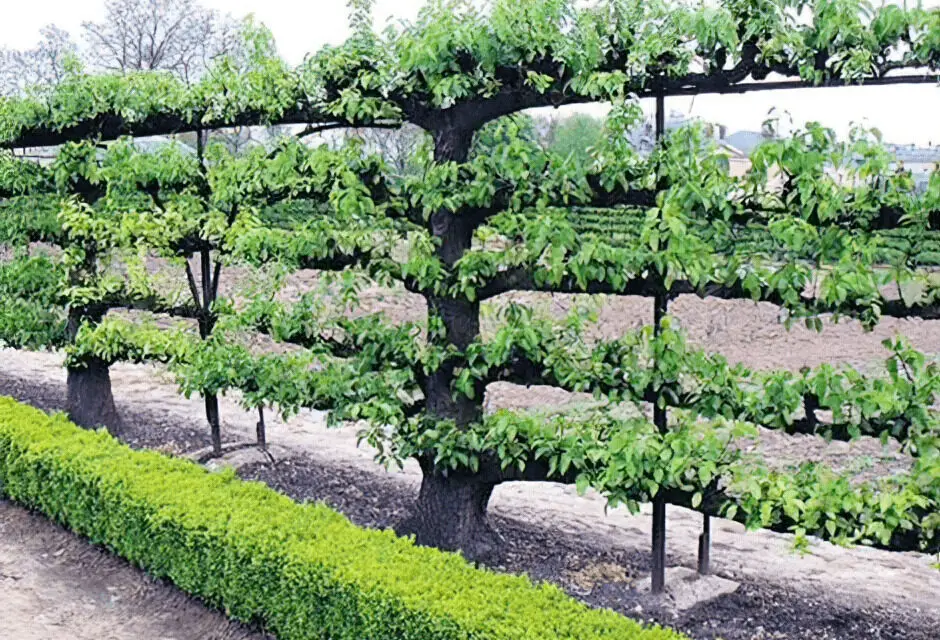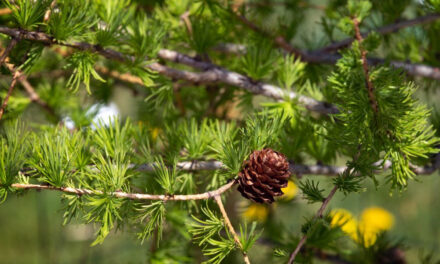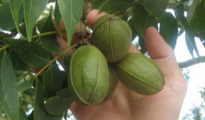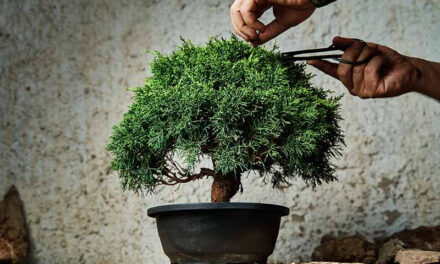Espalier is an age-old horticultural art form that involves training trees and plants to grow against a flat surface, typically a wall or fence. The term ‘espalier' originates from the old French word for ‘shoulder', denoting how branches are trained to grow horizontally. Apple trees, with their flexible branches and consistent growth, are particularly well-suited for this technique. In this blog post, we’ll delve into the techniques for espaliering apple trees and explore the many benefits it offers.
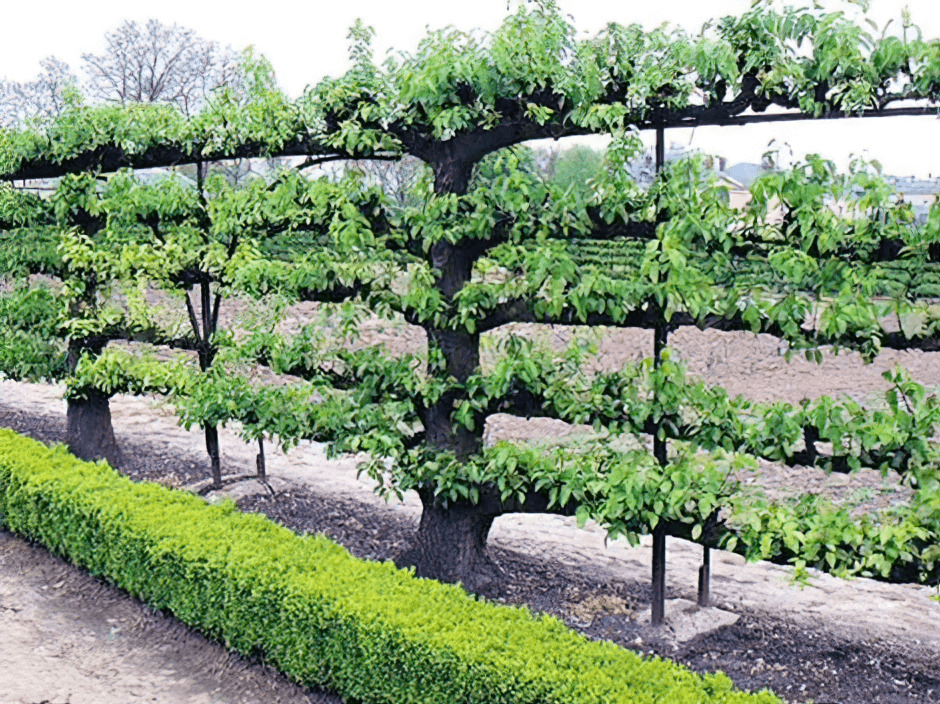
Benefits of Espaliering Apple Trees
- Space Saving: Especially in urban settings where garden space is at a premium, espalier allows for apple trees to be grown in tight spaces along walls or fences.
- Increased Sunlight Exposure: The flat, spread-out arrangement ensures all branches get ample sunlight, promoting better fruit production.
- Decorative Appeal: It's not just about fruit; an espaliered tree can be a work of art, adding unique beauty to gardens and patios.
- Ease of Harvesting: With no branch jostling for space or overlapping another, picking apples becomes a lot more convenient.
- Improved Air Circulation: The spread-out design reduces the risks of fungal infections that apple trees are sometimes prone to.
- Wall Protection: If trained against a house wall, the tree can act as an insulating layer during winter, and provide shade in summer.
Selecting an Apple Tree for Espalier
Most apple varieties can be trained in espalier form, but it's best to choose dwarf or semi-dwarf varieties for manageable growth. When selecting your apple tree sapling, opt for one with flexible branches and a sturdy central stem.
Basic Techniques for Espaliering Apple Trees
- Choosing a Suitable Location: The site should offer good sunlight (at least 6 hours a day). It can be against a wall, fence, or even a free-standing frame.
- Planting the Tree: Dig a hole twice as wide as the root ball and just as deep. After planting, water generously.
- Initial Training: At planting, prune the central stem to about 18 inches off the ground to encourage horizontal branch growth. As new branches grow, choose two strong branches on opposite sides for the first set of horizontal arms. These should be tied gently to the wires or supports.
- Developing Tiers: In the subsequent years, as the tree grows taller, new branches will emerge above the first set. Choose another pair of opposing branches for the next tier, and repeat this process for as many tiers as desired.
- Maintaining the Shape: As your tree grows, regularly prune any branches that don’t conform to the flat shape. During the dormant season, shorten side shoots on the horizontal arms to about 6 inches.
Different Espalier Patterns
While the horizontal cordon (with branches trained in straight lines) is the most common, there are several patterns one might consider:
- Fan-shaped: Branches are spread out in a fan pattern.
- Belgian Fence: Multiple trees are planted closely, with branches trained to form a continuous diamond pattern.
- Candelabra: Branches form a series of “U” shapes, one above the other.
Caring for Espaliered Apple Trees
Espaliered apple trees require regular attention:
- Watering: Ensure the soil remains consistently moist, especially during dry spells.
- Feeding: A balanced fertilizer in spring can encourage healthy growth and fruiting.
- Pruning: Besides the formative pruning, regular trimming during the growing season can help maintain the shape.
Espalier is more than a space-saving technique; it's a testament to human ingenuity and the flexible nature of plants. With patience and care, your espaliered apple tree will not only bear delicious fruits but also serve as a conversation starter in your garden. It's an endeavor that marries aesthetics with functionality, and the result is simply delightful.

